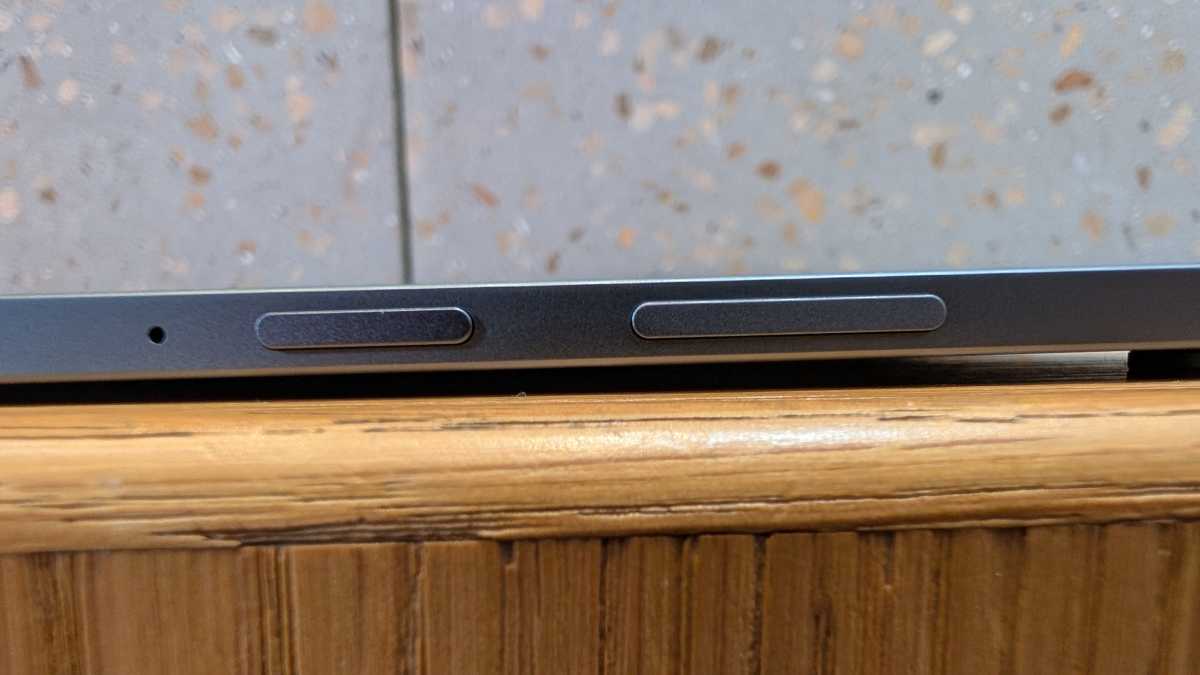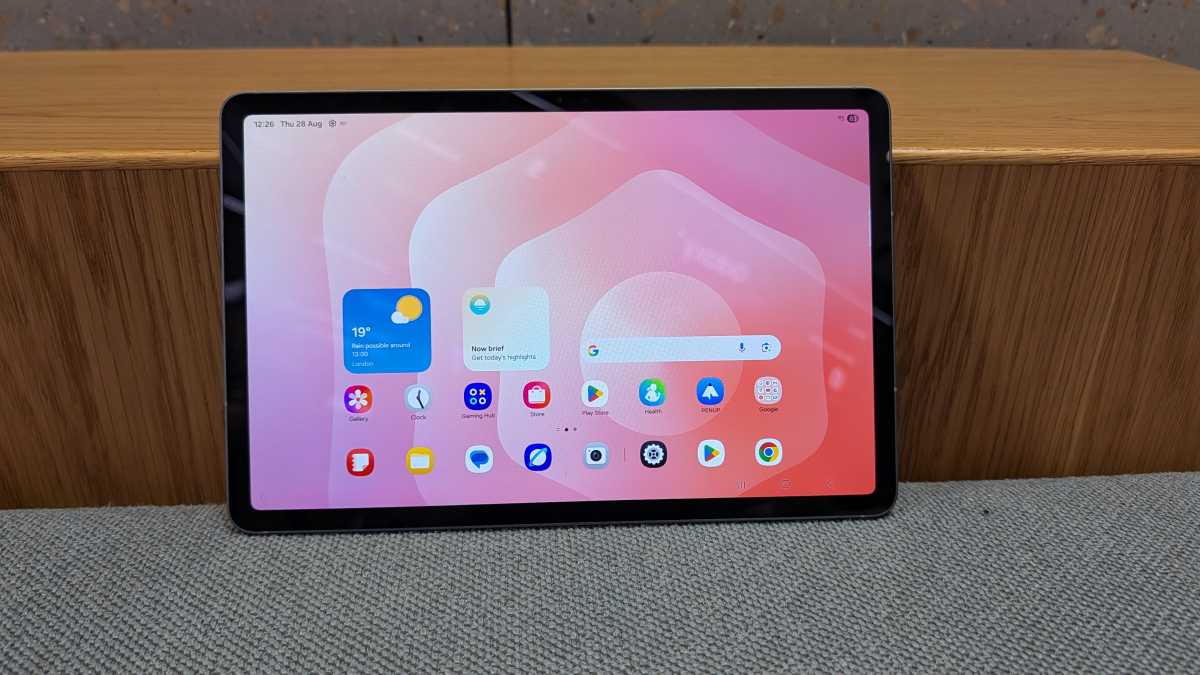Surprise! The Galaxy Tab S11 is back.
To clarify, that’s the regular model, which was left out of last year’s Tab S10 lineup. This year, it’s the Galaxy Tab S11+ that’s missing, meaning we get a £400/$400 difference between the starting prices of the two new models.
Understandably, most people’s attention will be drawn to the Galaxy Tab S11 Ultra and its massive 14.6-inch screen. If you’re looking for wow factor, that’s undoubtedly the device to get.
By comparison, the regular Tab S11 is boring, with a design that’s unchanged from 2023’s Tab S9, meaning that it’s starting to look dated.
However, looks can be deceiving, and early signs suggest it could be a compelling flagship tablet in its own right. After reviewing the spec sheet and going hands-on with the Tab S11, here are my early impressions.
Boring design, brilliant build quality
I’m not going to pretend that the Galaxy Tab S11’s design isn’t a disappointment. It’s been more than two years since its predecessor (the Galaxy Tab S9) launched, yet nothing seems to have changed.
Samsung has still got all the most important things right
It means we still have to put up with a chunky bezel around the screen, which looks almost laughable when side-by-side with the Tab S11 Ultra (albeit without the unsightly notch).
Anyron Copeman / Foundry
However, this is far from a dealbreaker. When it comes to build quality, Samsung has still got all the most important things right.
I’m talking a durable aluminium frame that feels premium in the hand, an IP68 rating that ensures flagship-level water resistance, and a gorgeous 11-inch AMOLED display that looks great, even under harsh studio lighting.
From a practical standpoint, all of these factors are more important than whether a device looks ‘modern’ or ‘cool’. Trust me, after using it for a few months, you probably won’t even notice the bezel anymore.
Genuine portability
Portability is a selling point of all tablets, but it’s very much a sliding scale.
Of course, you can take the Galaxy Tab S11 Ultra anywhere with you, but would you want to? The combination of a huge display and ultra-thin design would make me very reluctant.
By contrast, the regular Tab S11 is a lot easier to throw in a bag and not worry about. It’s slim (5.9mm) and light (498g) enough to not take up much space or weigh you down. You can also comfortably use it on the tiny tray tables on trains and planes, which is a plus for me.

Anyron Copeman / Foundry
Sure, the compact design has its downsides, especially if you plan on watching lots of movies or need to tackle any serious work. But for a bit of web browsing, watching Netflix or catching up with friends and family, the Tab S11 feels like the ideal size.
Upgrades under the hood
So far, almost everything I’ve said about the Galaxy Tab S11 also applies to the Tab S9 from two years ago. However, there are some notable upgrades if you do a little digging.
Perhaps the most significant is the chipset. For the second year in a row, Samsung is embracing MediaTek on its flagship tablets, with the Tab S22 powered by the Dimensity 9400+ chipset.
The Tab S11 felt absolutely rapid, especially with the added fluidity of the display’s 120Hz refresh rate
It’s the first 3nm processor we’ve seen on a Samsung tablet, and a credible rival to Qualcomm’s Snapdragon 8 Elite. I’m expecting the result to be superb performance in all scenarios, including while using demanding productivity apps or advanced mobile games.

Anyron Copeman / Foundry
My brief testing during a hands-on session wasn’t enough to prove this, but the Tab S11 felt absolutely rapid, especially with the added fluidity of the display’s 120Hz refresh rate.
The upgrades aren’t confined to performance, either. Samsung’s S Pen stylus has been redesigned, offering a cone-shaped nib and hexagonal design that aims to better imitate a real pencil. Creating handwritten notes feels smooth and responsive, with basically zero lag.
Samsung’s DeX mode is also getting more capable, allowing you to use an external monitor as a true second screen and create up to four separate workspaces.
A (relatively) affordable price tag
Despite these useful improvements, the starting price of the Galaxy Tab S11 has remained the same. At launch, it’ll cost just £799/$799 for the 128GB Wi-Fi only model, which is already available.
Considering the rate of inflation over the last couple of years, that’s impressive. You’re getting a significantly better tablet with no extra outlay.
Where’s the competition?
Admittedly, part of the appeal of the Galaxy Tab S11 is the lack of credible alternatives around this price point.
As you’ll see from our guide to the best tablets, there’s very little competition around the £800/$800 mark. Elsewhere, it’s either a high-end device with a massive price tag, or a cheaper slate with bigger compromises.
For many people, the Tab S11 will be the sweet spot…provided that these early impressions translate into long-term usage. Look out for our full Galaxy Tab S11 review soon to know for sure whether it’s worth your money.
In the meantime, you can check out why you don’t want to buy the excellent Galaxy Tab S11, what we really want Samsung to bring us, why the Galaxy S25 FE might make the S25 Plus obsolete and what Samsung didn’t announce today.









